We all want our homes to be safe havens. But sometimes, dangers lurk in damp corners and behind walls. Mold is one such hidden threat that can compromise not just your home’s structure but your family’s health. Let’s dive into what mold is, why it’s dangerous, and how you can protect your home and loved ones.
What Is Mold?
Mold is a type of fungus that thrives in damp, warm conditions. It reproduces by releasing tiny spores that float through the air, landing on surfaces where they can grow into new mold colonies. These microscopic invaders come in various colors—black, green, white, or even pink—and can have a musty, earthy smell.
Mold isn’t just unsightly; it’s living and constantly growing. It feeds on organic materials in your home like wood, drywall, carpet, and even the dust in your air ducts. What makes mold particularly sneaky is that it often grows in places you can’t easily see—behind walls, under floors, or in your ventilation system.
Health Dangers: Why Mold Is More Than Just Ugly Spots
The health risks from mold range from mild to severe and can affect anyone, though some people are more vulnerable than others.
Common Health Effects
For many people, mold exposure may trigger allergic reactions. These symptoms may include, but are not limited to:
- Sneezing and coughing
- Itchy, watery eyes
- Skin rashes
- Sore throat
- Headaches
- Fatigue
Serious Health Threats
For those with asthma, compromised immune systems, or mold allergies, the risks become much more serious:
- Severe asthma attacks
- Lung infections
- Breathing difficulties
- Chronic sinus infections
When Mold Becomes Deadly
Yes, in extreme cases, mold can be deadly. The most dangerous types, like Stachybotrys chartarum (often called “black mold”), can produce mycotoxins—poisonous substances that can cause:
- Neurological problems
- Pulmonary hemorrhage (bleeding in the lungs)
- Severe respiratory distress
- Immune system suppression
Infants, elderly people, those with chronic lung disease, and those with compromised immune systems face the highest risk. In rare cases, extensive exposure to toxic mold has been linked to death, particularly in these vulnerable groups.
Beyond Health: What Else Is at Stake
Mold doesn’t just threaten your health—it attacks your home and finances too:
Structural Damage
Mold eats away at the materials it grows on. Over time, it can weaken:
- Wood framing
- Floor joists
- Ceiling tiles
- Drywall
This damage can be costly and dangerous, sometimes requiring major structural repairs.
Property Value Plummets
A home with a known mold problem might lose 5-10% of its market value. Maybe more? Worse, many potential buyers might walk away completely, making your home much harder to sell.
Insurance Nightmares
Some homeowners are shocked to discover that standard insurance policies sometimes don’t cover mold damage. It’s possible a homeowner could face thousands in out-of-pocket expenses.
How Mold Takes Over Your Home
Understanding how mold grows helps you stop it before it becomes a crisis.
Water Is Mold’s Best Friend
Almost all serious mold problems start with water:
- Leaky pipes or roofs
- Flooding
- High humidity
- Condensation
- Poor ventilation in bathrooms and kitchens
Mold needs moisture to thrive. Give it water, and it can grow rapidly, sometimes becoming visible in just 24-48 hours, or longer, after water exposure.
Some Visible Signs of Mold
Signs of mold may include, but not limited to:
- Wall Discoloration – Mold can cause dark, green, brown, or even black stains on walls, ceilings, and other surfaces. These stains often spread over time and may look like smudges or spots.
- Warped Paint – When moisture seeps into walls, it can cause the paint to bubble, crack, or warp. This is often a sign of water damage, which can create the perfect conditions for mold growth behind the walls.
- Musty Smell – A persistent musty or earthy odor, especially in enclosed spaces like closets, basements, or bathrooms, is often a sign of mold. Even if no visible mold is present, the smell indicates mold spores in the air.
- Peeling Wallpaper or Cracked Paint – Mold growth behind wallpaper or paint can cause these materials to lose adhesion, leading to peeling, bubbling, or cracking. This often happens in areas with high humidity, such as bathrooms and kitchens.
- Allergic Reactions – If you or others in the home experience unexplained sneezing, coughing, itchy eyes, or nasal congestion that worsens indoors and improves when outside, mold spores may be the culprit. Those with asthma or respiratory conditions may be particularly sensitive.
- Visible Mold Growth – Mold isn’t always hidden! It can appear as fuzzy, slimy, or powdery patches on walls, ceilings, furniture, or even fabrics. Common colors include green, black, white, or even orange.

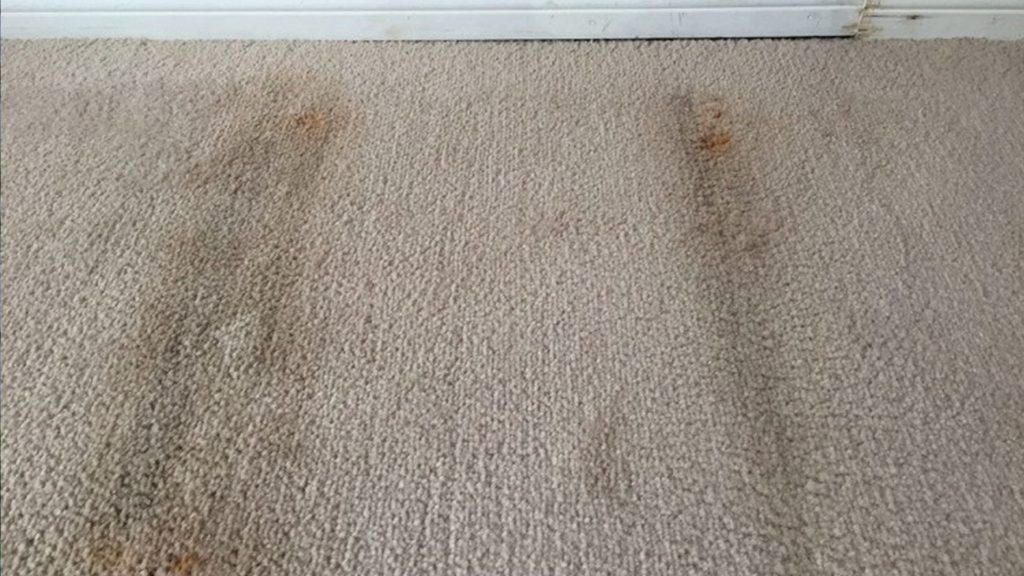
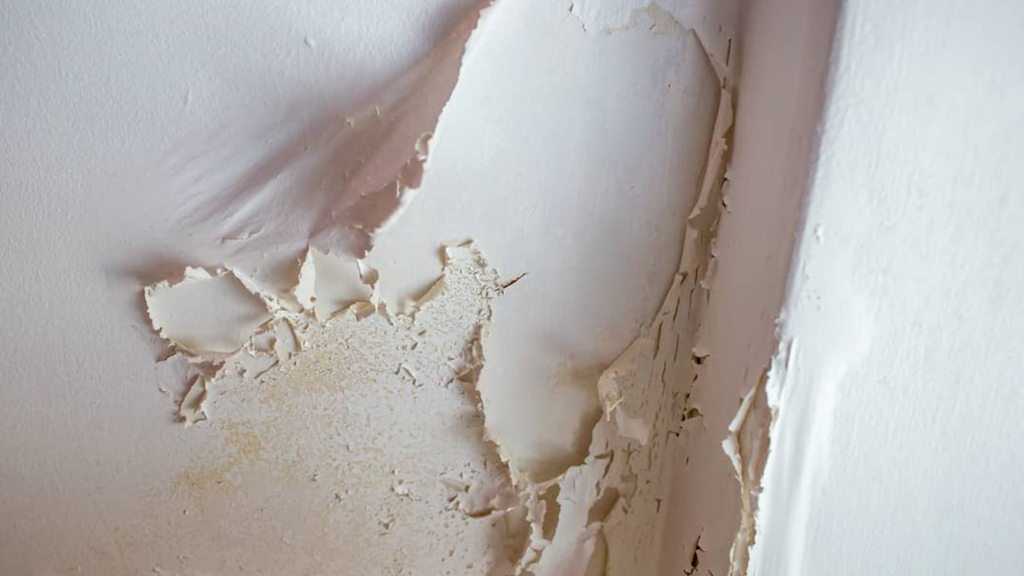
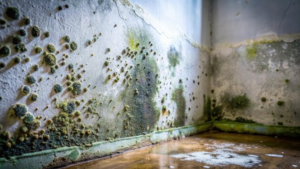
By recognizing these signs early, homeowners can take action to prevent further damage and address mold problems before they worsen.
Hidden Growth Spots
Mold loves to hide in:
- Behind wallpaper
- Under carpets, especially those installed over concrete
- Inside ductwork
- Behind drywall after plumbing leaks
- In attics with roof leaks
- Around window frames where condensation collects
The most dangerous infestations often start completely out of sight, growing unchecked for months or even years.
DIY Prevention: Keeping Mold at Bay
The good news? You have the power to prevent most mold problems with these simple steps:
Control Moisture
- Fix leaks immediately—even small ones
- Use exhaust fans in bathrooms, kitchens, and laundry rooms
- Keep indoor humidity between 30-50% (consider a dehumidifier)
- Dry wet areas within 24-48 hours
- Don’t carpet bathrooms or basements
- Add mold inhibitors to paints before painting.
Improve Ventilation
- Open windows when weather permits
- Use ceiling fans to promote air circulation
- Ensure clothes dryers vent outside
- Leave space between furniture and walls to allow air flow
Regular Maintenance
- Clean gutters regularly
- Check for water stains on ceilings and walls
- Inspect under sinks monthly
- Clean and dust regularly, as dust provides food for mold
- Wash bath mats, shower curtains, and towels at least once a week with hot water and vinegar.
WARNING. CAUTION. DANGER!
DANGER: NEVER MIX BLEACH WITH THESE CLEANING PRODUCTS:
NEVER MIX Bleach + Ammonia
Creates toxic chloramine vapors that can cause:
- Severe respiratory damage
- Intense coughing and chest pain
- Fluid buildup in lungs
- Potentially fatal respiratory failure
- Death is sufficient concentrations
NEVER MIX Bleach + Vinegar
Produces chlorine gas that causes:
- Immediate eye and throat burning
- Lung irritation and breathing difficulty
- Potential for severe respiratory damage
- Risk increases in small, poorly ventilated spaces
NEVER MIX Bleach + Rubbing Alcohol
Forms chloroform and other toxic compounds that can lead to:
- Dizziness and disorientation
- Nausea and vomiting
- Central nervous system damage
- Unconsciousness with prolonged exposure
NEVER MIX Bleach + Hydrogen Peroxide
Creates oxygen gas and corrosive acid that causes:
- Chemical burns to skin and eyes
- Respiratory tissue damage
- Potential for pressure build-up in closed containers
REMEMBER: Use only one cleaning product at a time. Rinse surfaces thoroughly before using any different product. When in doubt, stick with a single and safe cleaner recommended specifically for mold removal.
✅ Instead of bleach, use safer alternatives for cleaning Mold
Using bleach for mold removal has mixed recommendations. In some instances and some areas a solution of 1 cup of bleach mixed with 1 gallon of water mixture, as per the Center for Disease Control (CDC), may be effective for non-porous surfaces (tile, glass, sinks) but not recommended for porous materials (wood, drywall, carpet) where the mold roots can remain untouched while the surface appears clean.
Better alternatives include:
- Commercial mold removers specifically designed for mold remediation
- Hydrogen peroxide (3% solution)
- Vinegar (undiluted white vinegar)
- Baking soda solution (1 tablespoon in water)
- Borax solution (1 cup per gallon of water)
Safety First: Protecting Yourself During DIY Mold Cleanup
WARNING: Cleaning products used for mold removal can cause serious harm if not used properly. Before using bleach or any chemical cleaners:
- Always wear protective gloves that are chemical-resistant to prevent skin irritation, burns, and absorption of harmful chemicals.
- Protect your eyes with safety goggles that seal around the eyes. Splashes can cause severe eye damage or blindness.
- Ensure proper ventilation by opening windows and using fans to direct air outward. Never mix cleaning products, especially bleach with any other products, as this may create toxic gases that can cause severe respiratory damage or death.
- Consider wearing an N95 respirator mask to protect against both mold spores and chemical fumes.
- Keep children and pets away from the cleaning area until surfaces are dry and the space is well-ventilated.
If you experience dizziness, headache, eye irritation, or difficulty breathing, leave the area immediately and get fresh air. For severe reactions or chemical exposure to eyes, seek medical attention right away.
Remember: For extensive mold problems (areas larger than 10 square feet), professional remediation is safer and more effective than DIY cleanup.
Most importantly, addressing the underlying moisture problem is crucial for preventing mold regrowth. For extensive mold problems (covering more than 10 square feet) or mold in HVAC systems, professional remediation is recommended.
For black mold (Stachybotrys chartarum) specifically, professional remediation is often advised due to potential health concerns.
When to Call the Pros

Sometimes, DIY isn’t enough. Here’s when you need professional help:
Size Matters
If the moldy area is larger than 10 square feet (roughly a 3×3 foot patch), the EPA recommends professional remediation.
After Flooding
Remove or replace carpets and upholstery that have been soaked and cannot be dried right away. Serious water events like flooding often lead to hidden mold growth that requires professional assessment.
When You Can Smell But Not See Mold
That musty odor without visible mold often means it’s growing behind walls or under floors—a job for professionals.
Health Symptoms That Won’t Go Away
If family members have persistent symptoms that improve when away from home, you might have hidden mold.
What Professional Remediation Involves
When you call in the experts, here’s what to expect in general as there may be additional steps involved, depending on your situation and the professional company helping you:
1) Assessment
Professionals will:
- Inspect your entire home
- Possibly take air samples or surface samples
- Use moisture meters and thermal imaging to find hidden moisture
- Identify the type of mold
2) Containment
To prevent spread during removal:
- Affected areas will be sealed off
- Negative air pressure may be established
- HEPA (High-Efficiency Particulate Air) air filtration will be set up. HEPA air filtration plays an important role in addressing mold issues in homes. HEPA filters are designed to capture at least 99.97% of particles as small as 0.3 microns in diameter. Most mold spores range from 1-20 microns in size, making them large enough to be trapped effectively by HEPA filtration.
Here are some tips on what HEPA filtering does:- Captures Airborne Spores: HEPA filters trap mold spores that have become airborne, preventing them from settling on new surfaces and establishing new colonies
- Creates Negative Air Pressure: During professional remediation, HEPA air scrubbers help create negative air pressure in contaminated areas, ensuring that spores flow into the filtration system rather than spreading to clean areas of the home
- Reduces Contamination During Cleanup: When mold is being physically removed, the disturbance causes spores to become airborne. HEPA filtration captures these spores, reducing cross-contamination
- Improves Indoor Air Quality: Even after remediation, HEPA air purifiers can continue to reduce the overall mold spore count in your home’s air
- Helps Sensitive Individuals: For people with mold allergies or respiratory conditions, ongoing HEPA filtration can reduce symptoms by minimizing exposure to residual spores
- Limitations
- It is important to understand that HEPA filtration alone cannot solve a mold problem
- It doesn’t address the underlying moisture issue causing the mold
- It can’t remove mold that’s already growing on surfaces
- It needs regular filter replacement to remain effective
- HEPA filtration works best as part of a comprehensive approach that includes moisture control, physical removal of infected materials, and proper cleanup techniques
3) Removal
Depending on severity:
- Contaminated materials may need to be removed completely
- Surfaces will be treated with specialized cleaners
- HEPA vacuuming removes spores
- Anti-microbial treatments prevent regrowth
4) Follow-up
- Clearance testing ensures remediation was successful
- Recommendations for preventing future problems
Final Thoughts
The battle against mold is ongoing for every homeowner. By staying vigilant, controlling moisture, and acting quickly when problems arise, you can protect your family’s health and your home’s value.
Don’t wait until mold becomes visible or family members get sick. The best approach is preventive—keeping your home dry, clean, and well-ventilated.
Your home should be your sanctuary, not a source of health problems. With the right knowledge and proactive measures, you can keep mold where it belongs—outside your home.
As your local real estate agent in Irvine, Newport Beach, and of Orange County, I specialize in using digital and modern marketing strategies to showcase homes as a listing agent to my sellers. I put in the work to create engaging content, promote listings with strategic social media campaigns, and ensure properties get the exposure they deserve.

Hiring me means choosing dedicated representation that can give your home a powerful online presence, attracting serious buyers and work toward securing the best possible offers!
Let’s talk about what we can do together.
For you.
For your family.
REFERENCES:
Centers for Disease Control and Prevention (CDC)
https://www.cdc.gov/mold-health/about/
Environmental Protection Agency (EPA)
https://www.epa.gov/mold/brief-guide-mold-moisture-and-your-home
World Health Organization (WHO)
https://www.who.int/publications/i/item/9789289041683
Center for Disease Control (CDC) Facts About Stachybotrys chartarum
https://www.cdc.gov/mold-health/data-research/facts-stats/
American Lung Association – “Mold and Dampness”
https://www.lung.org/clean-air/at-home/indoor-air-pollutants/mold-and-dampness
Mayo Clinic – “Mold Allergy”
https://www.mayoclinic.org/diseases-conditions/mold-allergy/symptoms-causes/syc-20351519
University of Rochester Medical Center “Do Not Mix These Cleaning Products”
https://www.urmc.rochester.edu/MediaLibraries/URMCMedia/environmental-health-sciences-c
enter/COEC/documents/bad-chemical-combos.pdf
Clorox.com
https://www.clorox.com/learn/how-to-clean-mold-mildew-outside-bleach/
Wisconsin Department of Health Services Division of Public Health
https://publichealthmdc.com/documents/Mold%20Clean%20Up%20with%20Bleach.pdf
American Industrial Hygiene Association
https://www.aiha.org/public-resources/consumer-resources/disaster-response-resource-center/mold-resource-center
American Society of Home Inspectors
https://www.homeinspector.org/reporter-articles/the–evolution-of-mold-testing/
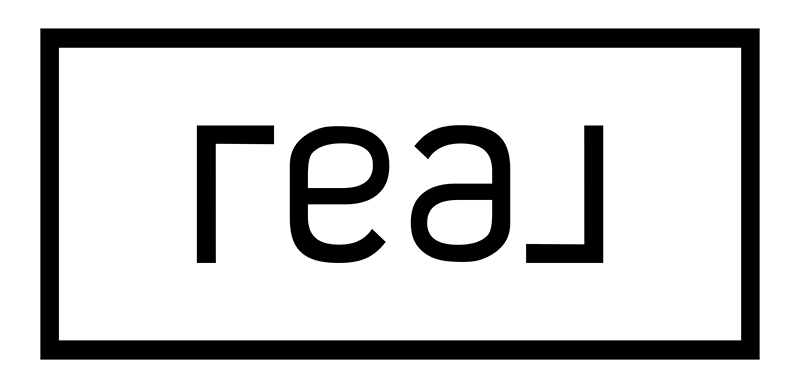

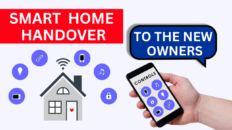


Add comment